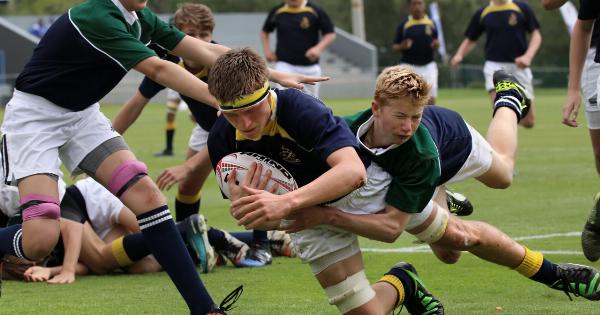Head trauma can have a significant impact on a person’s visual system, causing a range of visual disturbances that can affect their everyday life.
Understanding the connection between head trauma and sight is important for anyone who has suffered a head injury, as well as for healthcare professionals who work with these individuals.
What is Head Trauma?
Head trauma refers to any injury that occurs to the head, including the skull, brain, or scalp. It can be caused by a range of different events, including falls, car accidents, sports injuries, and physical assaults.
Head trauma can cause mild to severe symptoms, depending on the extent of the injury. Common symptoms include headaches, dizziness, nausea, confusion, and loss of consciousness. In some cases, head trauma can also cause visual disturbances.
How Head Trauma Affects Sight
The visual system is a complex network of structures and processes that work together to allow us to see the world around us. When the head is injured, this system can be disrupted, leading to a range of visual disturbances.
Some of the ways that head trauma can affect sight include:.
Blurred Vision
Blurred vision is a common visual disturbance that can occur after head trauma. It is often caused by swelling or damage to the eye or surrounding tissues.
In some cases, blurred vision may be a sign of a more serious problem, such as a concussion or traumatic brain injury.
Double Vision
Double vision is another common visual disturbance that can occur after head trauma. It occurs when the eyes are not able to work together properly, causing two images to appear instead of one.
Double vision can be a sign of a more serious medical condition, and should be evaluated by a healthcare professional.
Light Sensitivity
Head trauma can also cause increased sensitivity to light, known as photophobia. This can make it difficult to see in bright light, and can cause headaches or discomfort in the eyes.
Visual Field Loss
Visual field loss is a less common but more serious visual disturbance that can occur after head trauma. It occurs when there is damage to the areas of the brain that process visual information, leading to a loss of vision in one or both eyes.
Treatment for Head Trauma and Visual Disturbances
Treatment for head trauma and visual disturbances depends on the extent and severity of the injury. In some cases, visual disturbances may improve on their own over time as the brain heals.
In other cases, treatment may be necessary to manage symptoms and prevent further damage.
Some common treatments for head trauma and visual disturbances include:.
Rest and Recovery
Rest and recovery are important components of healing from head trauma. This may involve taking time off work or school, getting plenty of rest, and avoiding physical activity that can further injure the head.
Medications
Medications may be used to manage symptoms of head trauma and visual disturbances. Pain relievers, anti-inflammatory drugs, and anti-nausea medications are often prescribed to help manage these symptoms.
Visual Rehabilitation
Visual rehabilitation is a type of therapy that focuses on retraining the visual system to improve vision and reduce visual disturbances.
This may involve exercises to improve eye coordination, strengthen eye muscles, and improve visual processing skills.
Surgery
In some cases, surgery may be necessary to repair damage to the eye or surrounding tissues. This may be necessary if the injury is severe, or if there is a risk of long-term complications.
Prevention of Head Trauma
The best way to prevent head trauma and visual disturbances is to take steps to reduce the risk of injury.
This may include wearing protective gear while participating in sports or physical activities, avoiding risky behaviors such as driving under the influence or not wearing a seatbelt, and taking steps to reduce the risk of falls.
Conclusion
Head trauma can have a significant impact on a person’s visual system, causing a range of visual disturbances that can affect their everyday life.
Understanding the connection between head trauma and sight is important for anyone who has suffered a head injury, as well as for healthcare professionals who work with these individuals. By taking steps to prevent head trauma and seeking treatment when necessary, individuals can reduce the risk of complications and improve their overall quality of life.





























